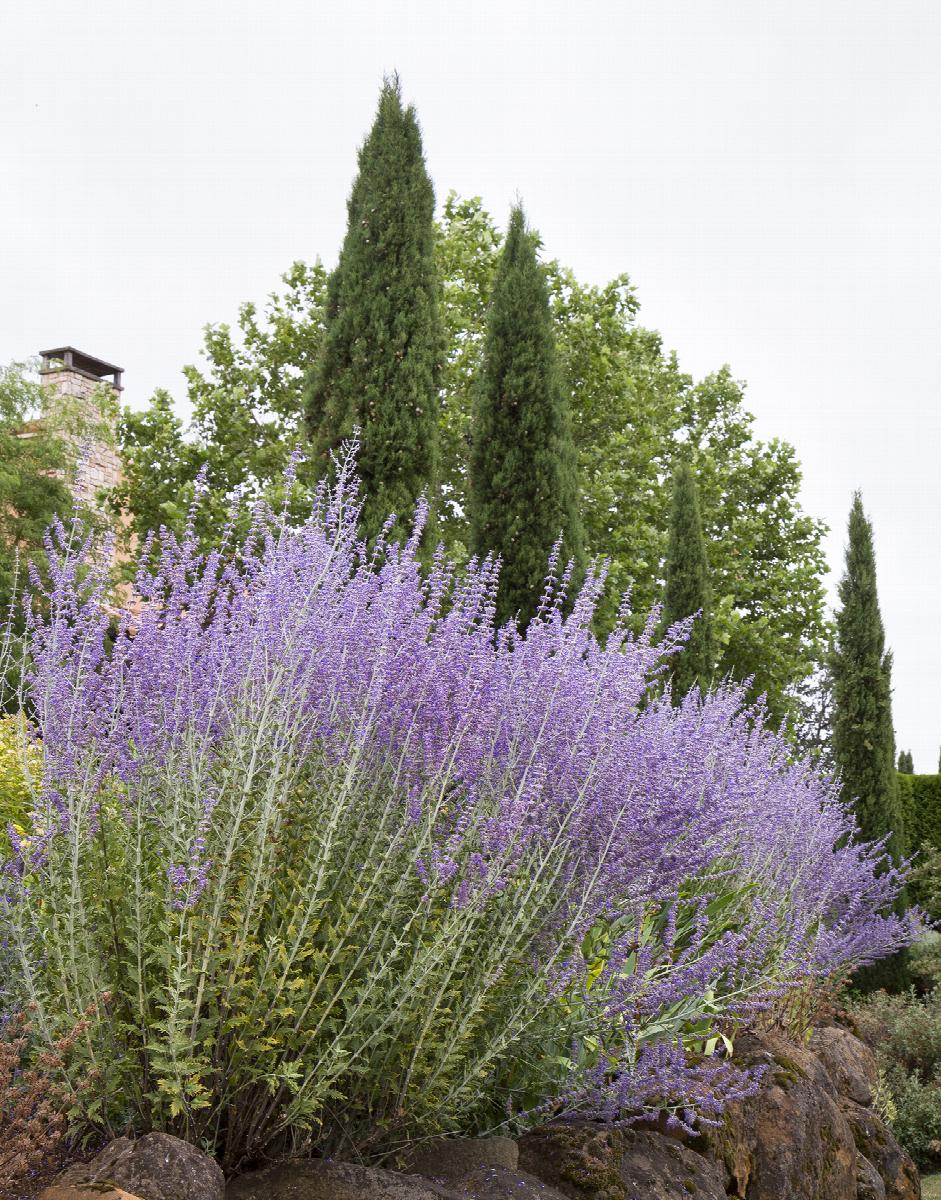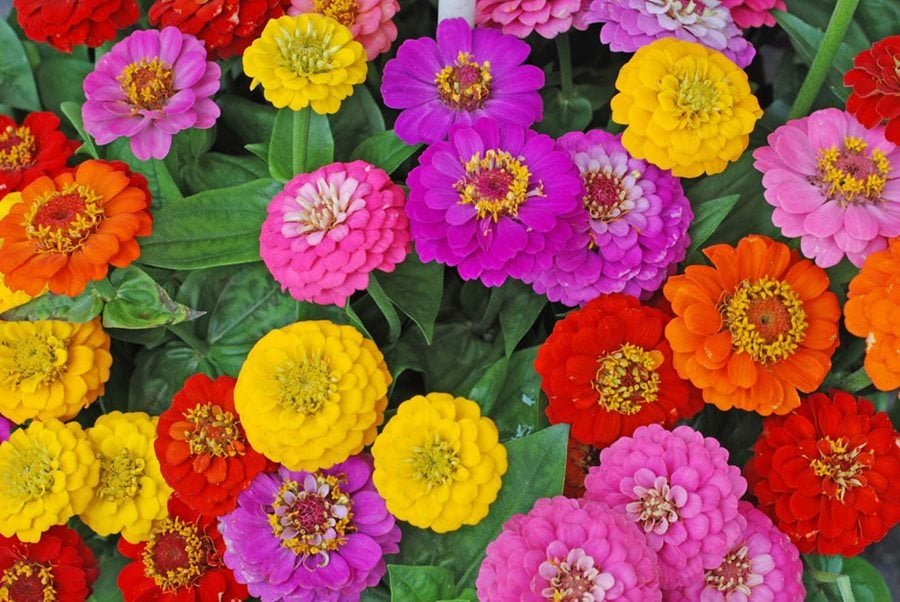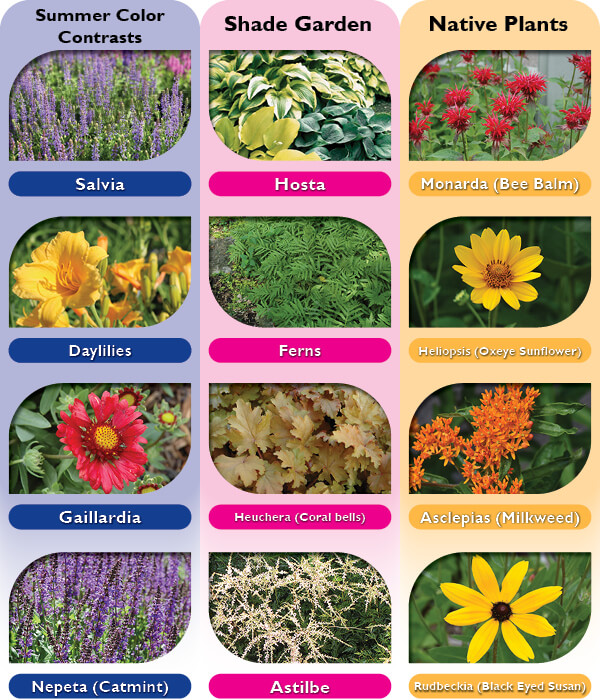Best Companion Plants For Shasta Daisies
Introduction
Shasta daisies are a popular choice for gardeners because they are easy to grow and maintain, and they produce beautiful white flowers that bloom from late spring to early summer. If you are planning to plant Shasta daisies in your garden, you may be wondering what companion plants would be best to grow with them.
In this blog post, we will discuss some of the best companion plants for Shasta daisies. We will talk about the benefits of companion planting, and we will recommend specific plants that will complement the beauty and growth of your Shasta daisies.
Benefits of Companion Planting
Companion planting is the practice of planting different types of plants together in order to create a more harmonious and productive garden. When plants are chosen carefully, they can help each other to thrive by providing benefits such as:
- Attracting pollinators. Many flowers attract pollinators such as bees, butterflies, and hummingbirds. These pollinators are essential for the reproduction of plants, and they can also help to control pests.
- Distracting pests. Some plants have strong scents or colors that can distract pests from other plants in the garden. For example, marigolds are often planted near tomatoes to help deter pests such as tomato hornworms.
- Improving soil quality. Some plants, such as legumes, can fix nitrogen in the soil, which can help to improve the fertility of the soil for other plants.
- Providing shade or windbreak. Some plants can provide shade or windbreak for other plants, which can help to protect them from the elements.
Best Companion Plants for Shasta Daisies
There are many different plants that can be grown as companion plants for Shasta daisies. Here are a few of our favorites:
- Coneflowers. Coneflowers are tall, summer-blooming perennials that come in a variety of colors, including yellow, orange, red, and purple. They are a good choice for companion plants for Shasta daisies because they have similar growing requirements and they attract pollinators.
- Yarrow. Yarrow is a low-maintenance perennial that blooms from late spring to early summer. It comes in white, yellow, and pink varieties, and it is a good choice for companion plants for Shasta daisies because it helps to deter pests.

- Salvia. Salvia is a genus of flowering plants that includes many different species, some of which are evergreen. Salvias come in a variety of colors, including blue, purple, pink, and red. They are a good choice for companion plants for Shasta daisies because they attract pollinators and they help to improve soil quality.
- Lavender. Lavender is a fragrant perennial that blooms from late spring to early summer. It comes in purple, blue, and white varieties. Lavender is a good choice for companion plants for Shasta daisies because it helps to deter pests and it attracts pollinators.

- Bee balm. Bee balm is a tall, summer-blooming perennial that comes in a variety of colors, including pink, red, and purple. It is a good choice for companion plants for Shasta daisies because it attracts pollinators and it helps to improve soil quality.
- Russian sage. Russian sage is a tall, summer-blooming perennial that comes in blue, purple, and white varieties. It is a good choice for companion plants for Shasta daisies because it attracts pollinators and it helps to improve soil quality.
Conclusion
These are just a few of the many different plants that can be grown as companion plants for Shasta daisies. When choosing companion plants, it is important to consider the specific needs of your Shasta daisies, as well as the overall look and feel of your garden. With a little planning, you can create a beautiful and harmonious garden that is home to a variety of different plants.
Shasta daisies are a beautiful addition to any garden, but they can look even better when they're planted with the right companion plants. Companion planting is the practice of planting different types of plants together that benefit each other. For example, some companion plants for shasta daisies can help to attract pollinators, deter pests, or improve the overall health of the plants.
If you're looking for some great companion plants for shasta daisies, I recommend checking out Garden Wiki. This website has a comprehensive list of companion plants for shasta daisies, along with information about the benefits of each plant. You can also find planting tips, care instructions, and more on the website.
I hope this helps!
FAQ of companion plants for shasta daisies
What are some good companion plants for shasta daisies?
Shasta daisies are a versatile flower that can be paired with a variety of other plants. Some good companion plants for shasta daisies include:
- Russian sage: This tall, blue-flowering plant complements the white blooms of shasta daisies.

- Crocosmia: This orange or red-flowering bulb adds a splash of color to the garden.

- Zinnia: This daisy-like flower comes in a variety of colors, including white, and blooms from summer to fall.

- Bee balm: This fragrant herb attracts pollinators to the garden.
- Coreopsis: This daisy-like flower blooms in shades of yellow, orange, and red.
What are the benefits of companion planting with shasta daisies?
There are many benefits to companion planting with shasta daisies. Some of these benefits include:
- Attracting pollinators: Companion plants can attract pollinators such as bees, butterflies, and hummingbirds, which help to pollinate shasta daisies and other plants in the garden.
- Disease and pest control: Some companion plants can help to deter pests and diseases from shasta daisies. For example, Russian sage can help to repel aphids, and bee balm can help to repel mosquitoes.
- Improved soil quality: Some companion plants can help to improve the soil quality around shasta daisies. For example, zinnias can help to add nitrogen to the soil, and coreopsis can help to improve drainage.
- Visual appeal: Companion plants can add visual interest to the garden and help to create a more balanced and harmonious look.
What are some tips for companion planting with shasta daisies?
When companion planting with shasta daisies, there are a few things to keep in mind:
- Consider the size and growth habit of the plants. Some companion plants, such as Russian sage, can grow quite tall, so it's important to choose plants that will complement each other in terms of size.
- Consider the sun and water requirements of the plants. Shasta daisies prefer full sun and well-drained soil, so it's important to choose companion plants that have similar needs.
- Consider the bloom time of the plants. This will help to ensure that your garden has flowers all season long.
- Experiment with different combinations of plants. There are no hard and fast rules when it comes to companion planting, so feel free to experiment with different combinations of plants to see what works best in your garden.
What are some common mistakes to avoid when companion planting with shasta daisies?
Here are a few common mistakes to avoid when companion planting with shasta daisies:
- Not considering the size and growth habit of the plants. This can lead to overcrowding and competition for resources.
- Not considering the sun and water requirements of the plants. This can lead to problems such as drought stress or root rot.
- Not considering the bloom time of the plants. This can lead to a garden that is only in bloom for a short period of time.
- Not experimenting with different combinations of plants. This can limit your options and prevent you from finding the perfect combination of plants for your garden.
Image of companion plants for shasta daisies
5 different images of companion plants for Shasta daisies from Pinterest:
- Black-eyed Susans: These bright yellow flowers with dark centers are a great choice for companion plants for Shasta daisies. They bloom at the same time, so they will help to extend the flowering season in your garden. Black-eyed Susans are also deer-resistant, so you won't have to worry about them being eaten.

- Purple coneflowers: These tall, spiky flowers are another great choice for companion plants for Shasta daisies. They bloom in shades of purple, pink, and red, so they will add a splash of color to your garden. Purple coneflowers are also a good source of nectar for butterflies and other pollinators.
- Bee balm: This fragrant herb is a great choice for companion plants for Shasta daisies. It blooms in shades of pink, purple, and white, and it attracts bees, butterflies, and hummingbirds. Bee balm is also easy to care for and it can tolerate poor soil conditions.

- Yarrow: This hardy perennial is a great choice for companion plants for Shasta daisies. It blooms in shades of white, yellow, and pink, and it attracts bees, butterflies, and other pollinators. Yarrow is also drought-tolerant and easy to care for.

- Coneflower: These daisy-like flowers come in a variety of colors, including yellow, orange, pink, and purple. They bloom in the summer and attract butterflies, bees, and other pollinators. Coneflowers are also deer-resistant and drought-tolerant.

Post a Comment for " Best Companion Plants For Shasta Daisies"